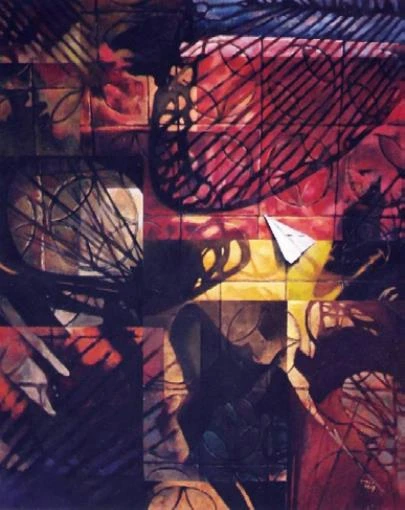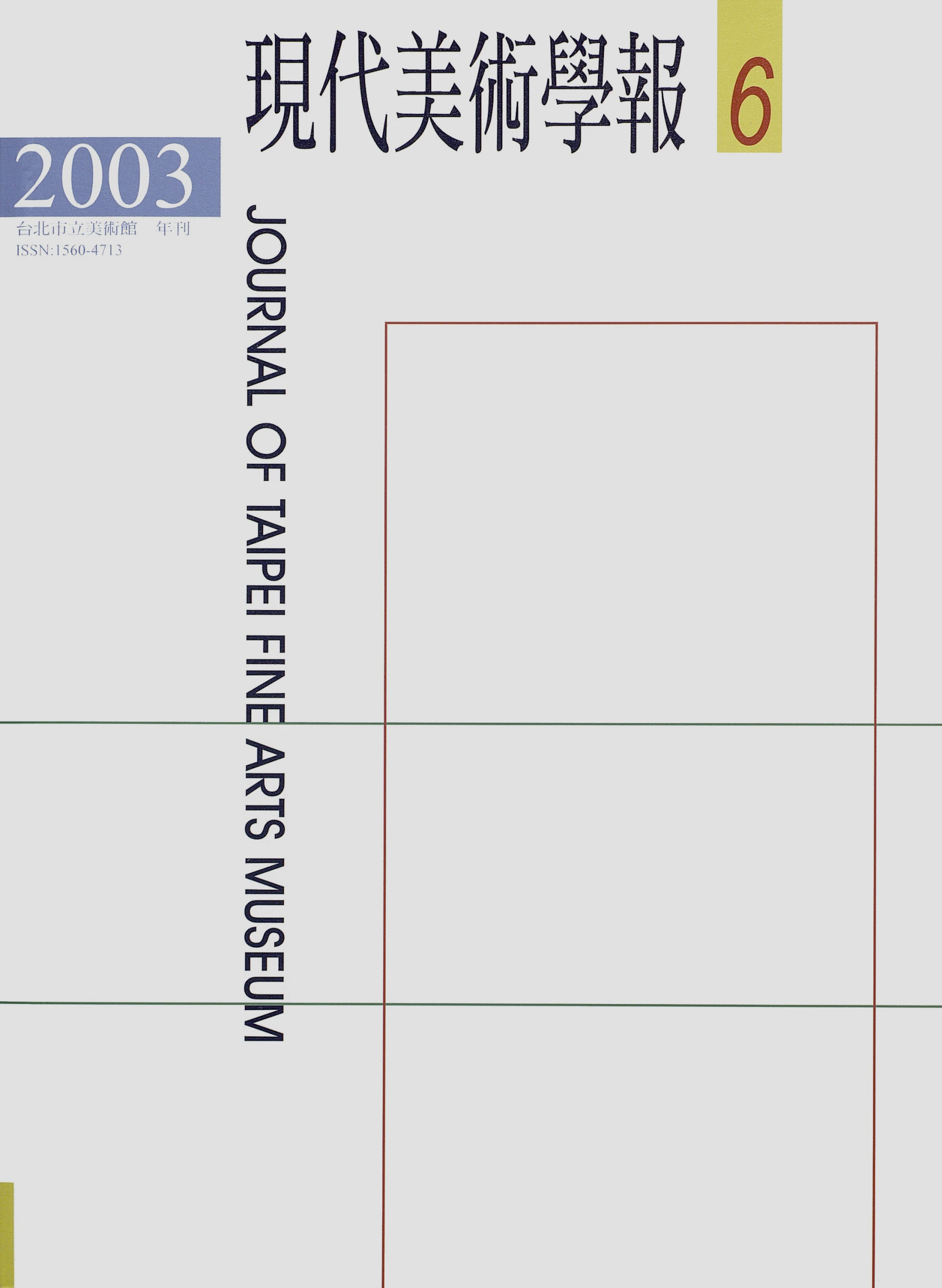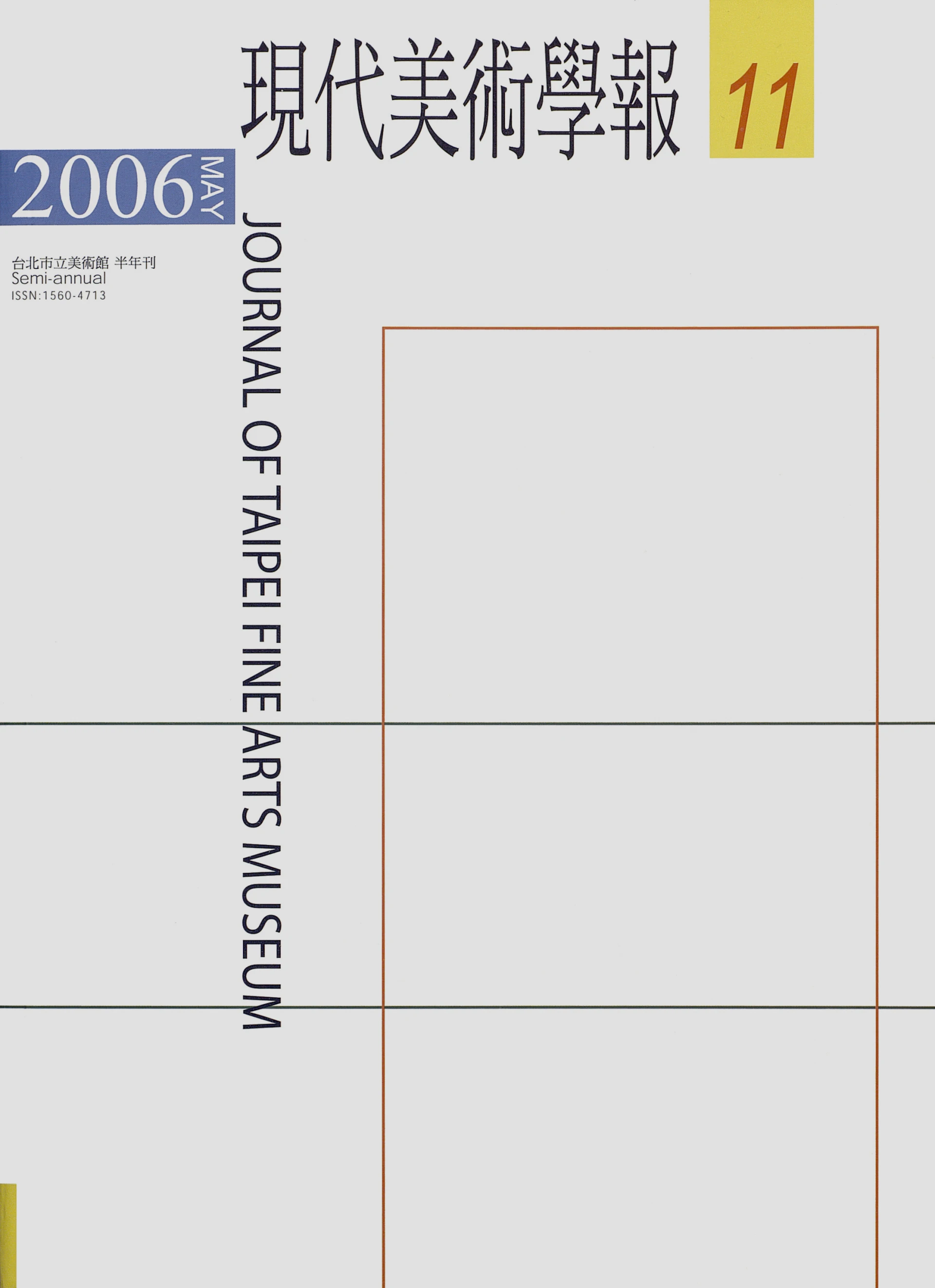摘要
時間,作為歷史的結構基礎,建構傳統的必然素材。誠如法國文化理論學者保羅・維希留(Paul Virilio)於九〇年代末所指認出的新興全球維度;所有事件將聚焦在速度與真實時間上,時空將被一獨特的當下所定義並取代。固著於空間維度的藝術與建築學門傳統,又將以何種姿態回應這般歷史時態的挑戰,或許其正是開啟非傳統路徑的多重可能起點。
傳統與非傳統的辯證,一直被視為推動與重整社會發展的重要動力及基石。然而複雜的是,傳統並非固著不變,非傳統亦非純然的悖反傳統,彼此間實則蘊含多重可辯證的動態關係,並持續以藝術實踐與行動擴充其語意內涵。而在建築學門中,傳統與非傳統的命題,不僅限風格與形式的問題,更是涉及主體和客體之間尚未探見的潛在關係;這般關係進而為我們的社會、環境和文化走向,提供了未來的形象與訊息。針對臺灣戰後至當代建築研究,如何面對不同文化個體與群體間的自明性建構與再造歷程,作為反思傳統與非傳統的認知架構,及其拓展之可能行動。
本期學報即以「傳統作為一種辯證行動:臺灣戰後至當代建築的非傳統譜述」為主題,主要延續了2023 年3 月在北美館主㦚召開的「傳統與非傳統」戰後臺灣建築論壇豐碩的學術研討成果,顯見「戰後臺灣建築」的研究領域正廣受正視及期待。本期收錄的六篇論文中,顏亮平的〈飛象入宜:他者形塑的地域傳統〉這篇論文中,透過對日籍學者吉阪隆正所創設計理論研究,並以深受其理論影響之門生日籍建築師,舉隅「象集團」在宜蘭的二件建築作品為䅁例,提出「地域性傳統」一詞中的「地域」,其概念本為地理及文化概念上所產生的多重「地域」,不應與西方「地域主義」或「批判地域主義」混為一談的學術見解,令人印象深刻。宋立文的〈當代建築教育主體性建構〉一文中,以當下發展日益多元的數位知識與技能普遍應用於目前建築教育的實境為切入,面對建築教育主體性的典範轉移,提出如告融合原本分離的技術與人文為一體的教學主張及構想,符合臺灣未來建築教育知識主體性之需。黃少妤的〈第三空間的譯語行動:21世紀初期臺灣建築專業刊物論述語境初探〉一文,對探討對臺灣建築專業雜誌媒體如何透過編輯途徑產生建築評論的研究,文中所論述之第三空間論證觀點,為當下臺灣建築文化研究提供了重要的學術見解及研究索引。蔡寧的〈現代性的移植與轉化 : 論陳其寬的薄殼建築與意象山水畫〉一文中,以陳其寬的建築設計作品及繪畫創作互為主體,做為理解現代建築與現代繪畫二者之間的共通性為基調。此外,對於陳其寬如何面對西方藝術論述內化成其繪畫及建築共通的創作觀點有深入而完整的探討。柳青薰的〈畫圖仔的形塑及批判:臺灣戰後建築師的自我想像及認同〉一文,同樣對臺灣戰後建築雜誌媒體的爬梳,目的在檢視臺灣戰後建築師制度建立的變遷過程,論述戰後建築師在自我想像及認同的過程中,對於專業制度形塑的追求所造成的影響提出批判性觀點,研究主題具開創性。
至於本期收錄的第六篇論文為「一般論文」單元,蘇嶧的〈班雅明、洪席耶.葛羅伊斯論「靈光消逝」〉一文是令人驚喜的投稿,其研究內容雖非本人所長,但讀其文,字裏行間有多處可為建築美學研究的重要參考,為本期內容多元性上之一大收獲。
Abstract
Time, as the structural basis of history, is the essential element in the construction of traditions. As the emerging global dimension identified by the French cultural theorist Paul Virilio in the late 1990s; all events will converge
on speed and real time, and space-time, with space-time being defined and replaced by a singular present. How will the traditions of art and architecture, which are anchored in the spatial dimension, respond to the challenges of this historical situation, which is perhaps the starting point for multiple possibilities of forging non-traditional paths?
The dialectic between tradition and non-tradition has always been seen as a crucial force and cornerstone in driving and reshaping social development. The complexity, however, lies in the fact that tradition is not immutable, and non-tradition is not purely opposed to tradition. In fact, there are multiple dialectical and dynamic relationships between them, and they continue to expand their semantic meaning through artistic practices and actions. In architecture, the proposition of tradition and non-tradition is not only limited to style and form, but also involves an unexplored potential relationship between subject and object, which in turn provides future images and messages for our society, environment, and cultural direction. The research on Taiwan's post-war to contemporary architecture is concerned with how to face the process of self-explanatory construction and reconstruction among different cultural individuals and groups, as a way to reflect on the traditional and nontraditional cognitive frameworks, and the possible actions for their expansion.
The theme of this issue is "Tradition as a Dialectical Action: Non-Traditional Narratives in Taiwanese Architecture from Post-war to Contemporary Times." It highlights the fruitful outcomes of the "Tradition and Non-Tradition" forum on post-war Taiwanese architecture, held at the Taipei Museum of Fine Arts from March 11-12, which underscored the growing recognition and anticipation in the field of post-war Taiwanese architectural research. Among the six articles included in this issue, Liang-Ping YEN, in "Atelier Zo in Yilan: the Regionality of Tradition from the Other," examines the design theories of Japanese scholar Takamasa Yoshizaka and his disciple architects who were deeply influenced by his theories, using the two architectural works of the Elephant Group in Yilan as examples. Impressively, Yen presents a nuanced academic view that the term "regional" in "regional traditions" should be understood as multiple "regions" created by geographical and cultural concepts, distinct from Western "regionalism" or "critical regionalism." The article "The Construction of Knowledge Subjectivity in Contemporary Architectural Education in Taiwan" by Li-Wen SUNG takes the current development of increasingly diversified digital knowledge and skills as a starting point for the current reality of architectural education. Faced with the paradigm shift in the subjectivity of architectural education, Song proposes that the integration of the originally separated technology and humanities into a single pedagogy and concept will meet the need for knowledge subjectivity of architectural education in Taiwan in the future. Shao-Yu HUANG's article "Translation Action in the Third Space: A Preliminary Study of Emerging Architectural Discourses in Professional Publications in Twenty-First Century Taiwan" investigates how professional publications in Taiwan generate architectural criticism through editorial approaches. The discussion of the 'third space' perspective within the article offers significant academic insights and research directions for contemporary studies of Taiwanese architectural culture. In Ning TSAI's "Transplantation and Transformation of Modernity: On Chen Chi-Kwan's Thin Shell Architecture and Imagery Landscape Painting," Chen Chi-Kwan's architectural designs and his paintings are mutually focused and serve as a basis for understanding the commonalities between modern architecture and modern painting. Moreover, the article offers an in-depth and comprehensive exploration of how Chen Chi-Kwan has internalized Western artistic discourse into a coherent creative perspective, which is evident in both his architectural and painting works. In Tshinn-Hun LIU's article "The Formation and Critique of “Draughtsman”: Self-Imagination and Self-Identity of Post-World War II Taiwan Architects," there is a thorough examination of postwar Taiwanese architectural magazines. The aim is to explore the evolution of the architectural system in post-war Taiwan, and to articulate the impact of architects' pursuit of professional identity and self-imagination on the shaping of the professional system. This critical perspective offers an innovative approach to the research topic.
As for the sixth paper in this issue, the "General Essay" section, Yi SU's article "Benjamin, Rancière, Groys on 'The Decline of the Aura'" is a surprising contribution. Although this topic is not within my field of expertise, it can be read in many ways. The article reveals many aspects that can contribute significantly to the study of architectural aesthetics. This article is a great addition to the diversity of this issue.




